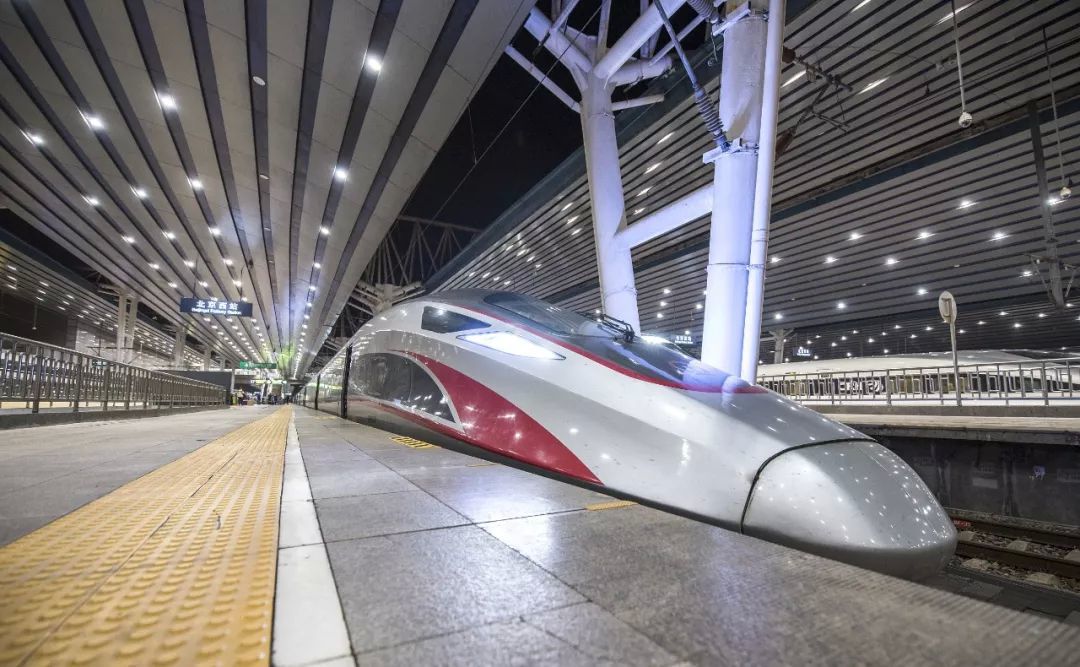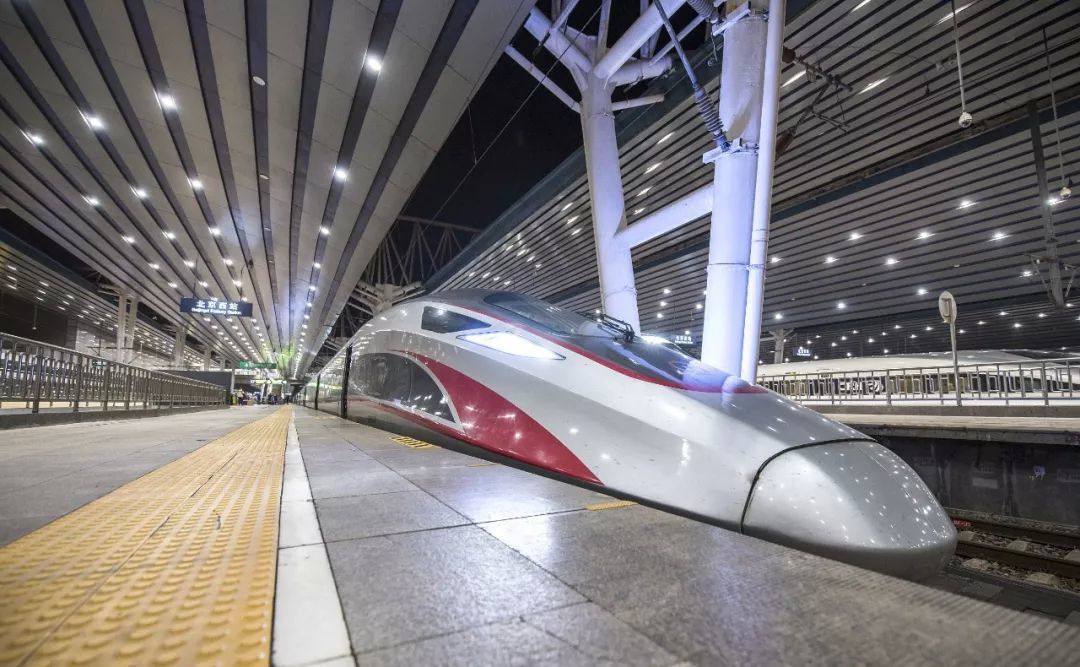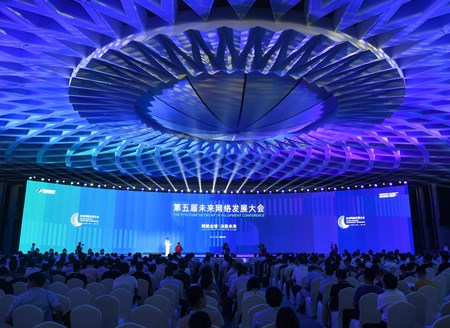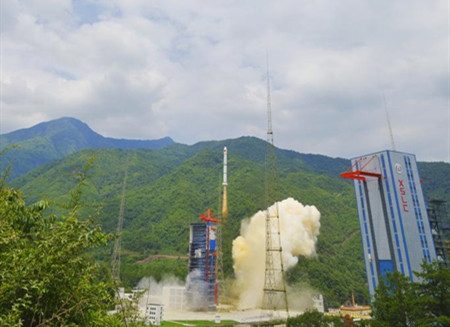China will launch a new trains schedule starting on Friday. The Nanjing-Qidong Railway, an important part of the National Express Railway Network and the Yangtze River Delta Intercity Rail Network, will be joined with 41.5 sets of trains to be running along the route when the new schedule is in operation.

7.5 sets of Fuxing bullet trains will be operating between Nanjing and Qidong at an hourly speed of 160 kilometers.
Two train sets will be running between Xiamen and Meizhou to cut the commute time from 5.5 hours to 3 hours.
2.5 train sets between Shenyang and Chaoyang and Fuxing will extend their operating range on the Chengdu-Shengyang section of the Beijing-Harbin Railway.
3 train sets will be added to the fleet between Shenyang and Dandong, Shenyang and Benxi and Benxi and Tongliao.
The bullet train from Jinan to Rizhao West will cut the travel time from 3 hours 55 minutes to less than 3 hours.
Five train sets between Qingdao and Yantai and Weihai will be running within two hours.
In the meantime, twelve provinces and autonomous regions have set a timetable to connect all their cities with high-speed rail after East China's Fujian province became the first to achieve that in September, Economic View reported.
Jiangsu province, also in East China, plans to connect its 13 cities by high-speed railway by the end of 2019. Henan, Guangdong, Guangxi Zhuang autonomous region, Liaoning, Anhui, Shandong, Shaanxi aim to achieve that in 2020, Hunan in 2021, Guizhou and Hubei in 2022, and Zhejiang in 2025.
As the high-speed rail network improves, tourism services revolving around high-speed rail booms.
During the past National Day holiday, Xi'an, Hangzhou, Nanjing, Suzhou, Zhangjiajie, Guilin, Huangshan, Zhangye, Lanzhou and Qingdao were the top 10 hottest destinations where travelers arrived by high-speed rail, according to a report by online travel agency Tuniu.com.
The high-speed railway handled 8.51 million passengers per day on average during the holiday, up 11.9 percent year-on-year, data from China State Railway Group Co Ltd shows.
The length of China's high-speed rail lines has surpassed 30,000 km, ranking first in the world.
High-speed rail has sped up the process of China's urbanization and industrialization, and will help form an economic belt along the high-speed railway, analysts say.






